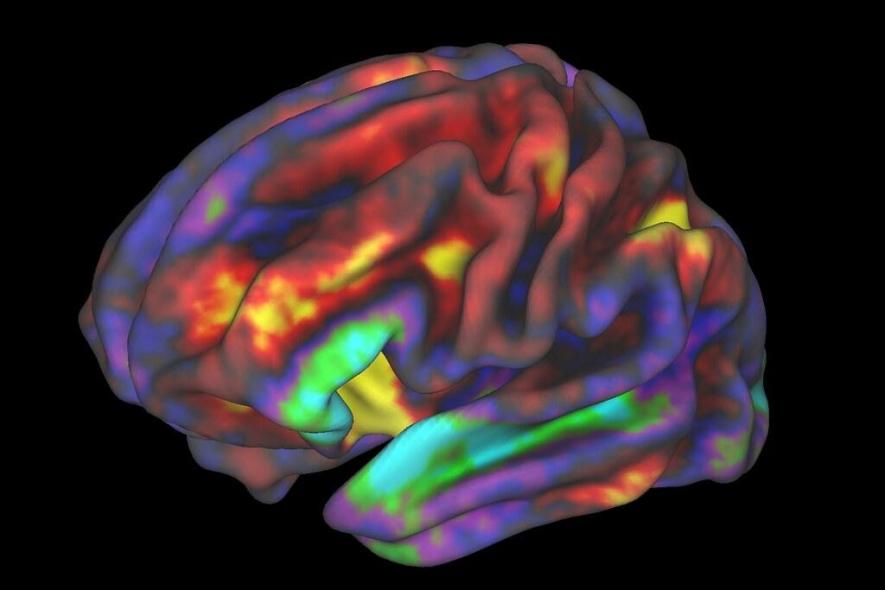Over 1-year-old Lab Grown Miniature Brain Mimics Real Life Situation

Image Courtesy: Flickr.com
Creating miniature organs in artificial conditions, on petri dishes inside a laboratory has been a fascinating field of research for many decades now. With many ups and downs in this field of research, scientists are slowly gathering pace, especially in developing organoids – the miniature and simplified version of a real organ.
Human stem cells play a pivotal role in organoid research due to their intrinsic character. The stem cells can proliferate and develop into specialised cell types when kept in laboratory dishes with the right nutrition and conditions provided.
Organoid research has been emerging as an important component of the body of research commonly known as translational research. The translational research paradigm encompasses the application of knowledge from basic biology and clinical trials to the technology that address critical medical conditions and needs.
Advancing in this field, a recent report has brought out some encouraging results. A team of researchers from the University of California, Los Angeles (UCLA) and Stanford University has grown a brain organoid from human stem cells for more than a year (20 months) and found that the stem cell derived brain organoid behaves in strikingly similar manner as the real brains of newborn babies. The research was published in Nature Neuroscience journal on February 22.
The research concludes that in this long time duration, a brain organoid can display some genetic signatures that a real brain in newborns displays, especially in the early periods of development.
The team with leaders Sergiu Pasca, a neurobiologist at Stanford University and Daniel Geschwind, a neurogeneticist at UCLA, exposed human stem cells with the right amount of nutrients in laboratory dishes. The stem cells grew and developed into a brain organoid that contains neurons and other cell types that are found in the real brain. The researchers periodically isolated some cells of the growing organoid to sequence the RNA inside them. In doing so, the researchers could find which genes are active at the time periods. With this data, they made a comparison of RNA from real human brains stored in databases.
The team found that when the organoid reached 250-300 days, that is when it became 9 months old, its gene expression pattern resembled that from human brains soon after birth. They also found that other genetic attributes like the DNA methylation patterns of the organoid resembled that of a maturing human brain. Methylation of DNA signifies a chemical tagging (the methylation) of the DNA that influence the activities of the genes.
Along with these, the researchers also observed other signs of changes in their organoid that resembled the changes in a developing human brain. In a developing brain, around the time of birth, some of the brain cells gradually start to produce a specific protein in more quantity. This protein is called the NMDA receptor and plays a crucial role in neuron-to-neuron communication. The brain organoid also showed the NMDA production.
However, there is a key cautionary message, “a brain organoid is not exactly the same as the human brain. Its electrical activity doesn’t match that of a mature brain, for example, and the clump of cells lacks key features, including blood vessels, immune cells, and sensory inputs. Yet what’s striking is that, even in the unnatural conditions of a lab dish, the cells just know how to progress”—Sergiu Pasca was quoted to have remarked.
The main aim of organoid research is to decipher pathways that may be involved in the development and functioning of a real human organ. Knowing this is thought to fortify researches into some critical diseases like Cancer, Alzheimer’s disease etc. This is also one of the founding principles of the field of translational research.
Also read: Artificial Metallic Nanowire Network Can Give Rise to Brain-Like Functions
Get the latest reports & analysis with people's perspective on Protests, movements & deep analytical videos, discussions of the current affairs in your Telegram app. Subscribe to NewsClick's Telegram channel & get Real-Time updates on stories, as they get published on our website.














